Welcome to "Golden Goodness: Your Expert Guide on How to Pick a Ripe Pineapple." Embark on a flavorful journey with us as we explore the art of selecting the perfect pineapple. Amid the vibrant hues and tropical aromas, let's uncover the secrets to ensure every pineapple you pick is a golden delight.
Understanding Pineapple Season
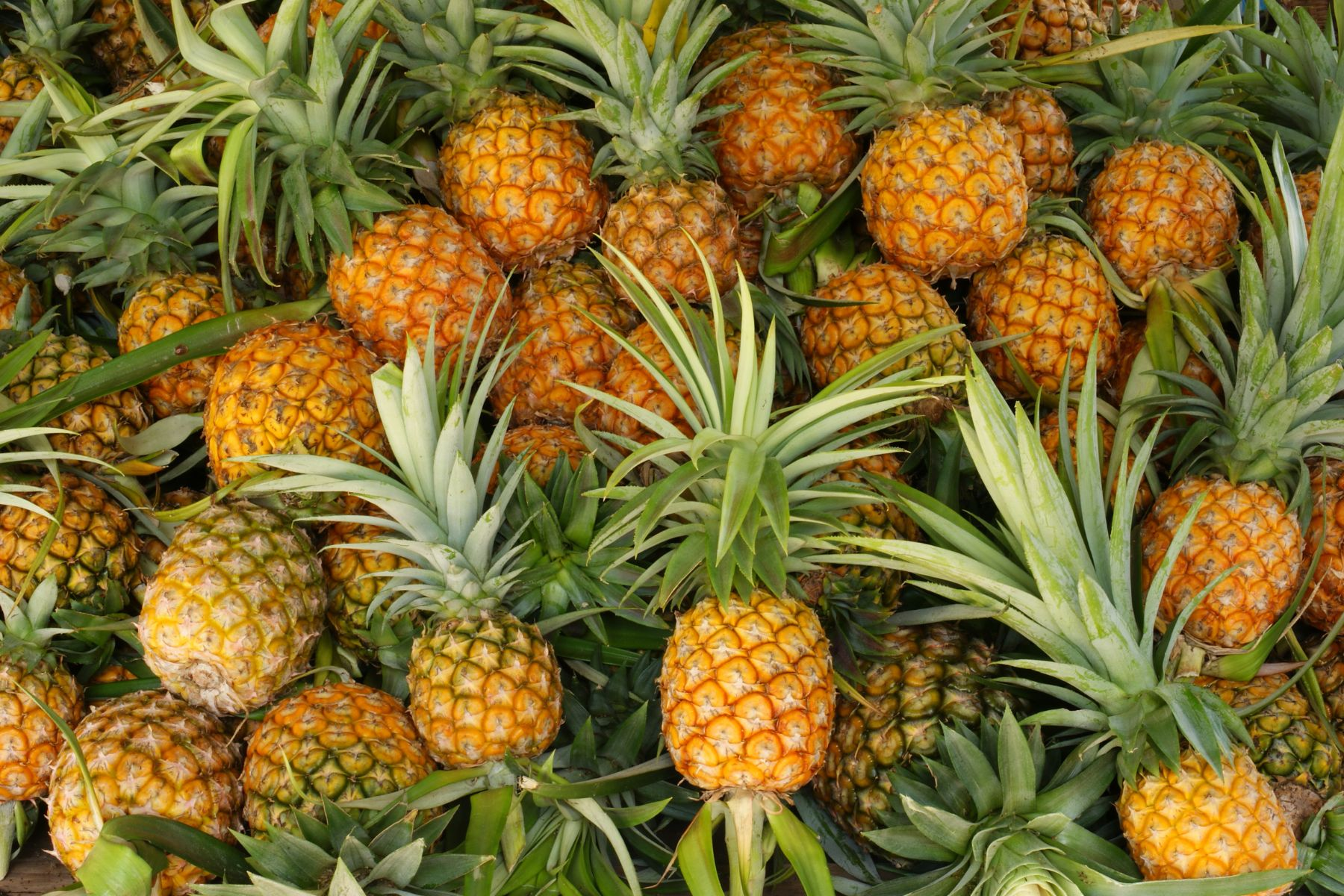
When is Pineapple Season?
Pineapples have a season, and understanding when they're at their peak can make a significant difference in their flavor. While they are available year-round, certain times of the year see a more abundant and sweeter selection. However, due to global availability, you can usually find pineapples in your local grocery store at any time.
Factors Affecting Pineapple Availability
The availability of pineapples is influenced by factors such as climate, region, and transportation. Knowing these factors can help you gauge the optimal times to find the freshest and most flavorful pineapples. Now, let's delve into the exciting part – how to pick the perfect pineapple, ensuring you get the most out of every selection.
How to Pick a Ripe Pineapple
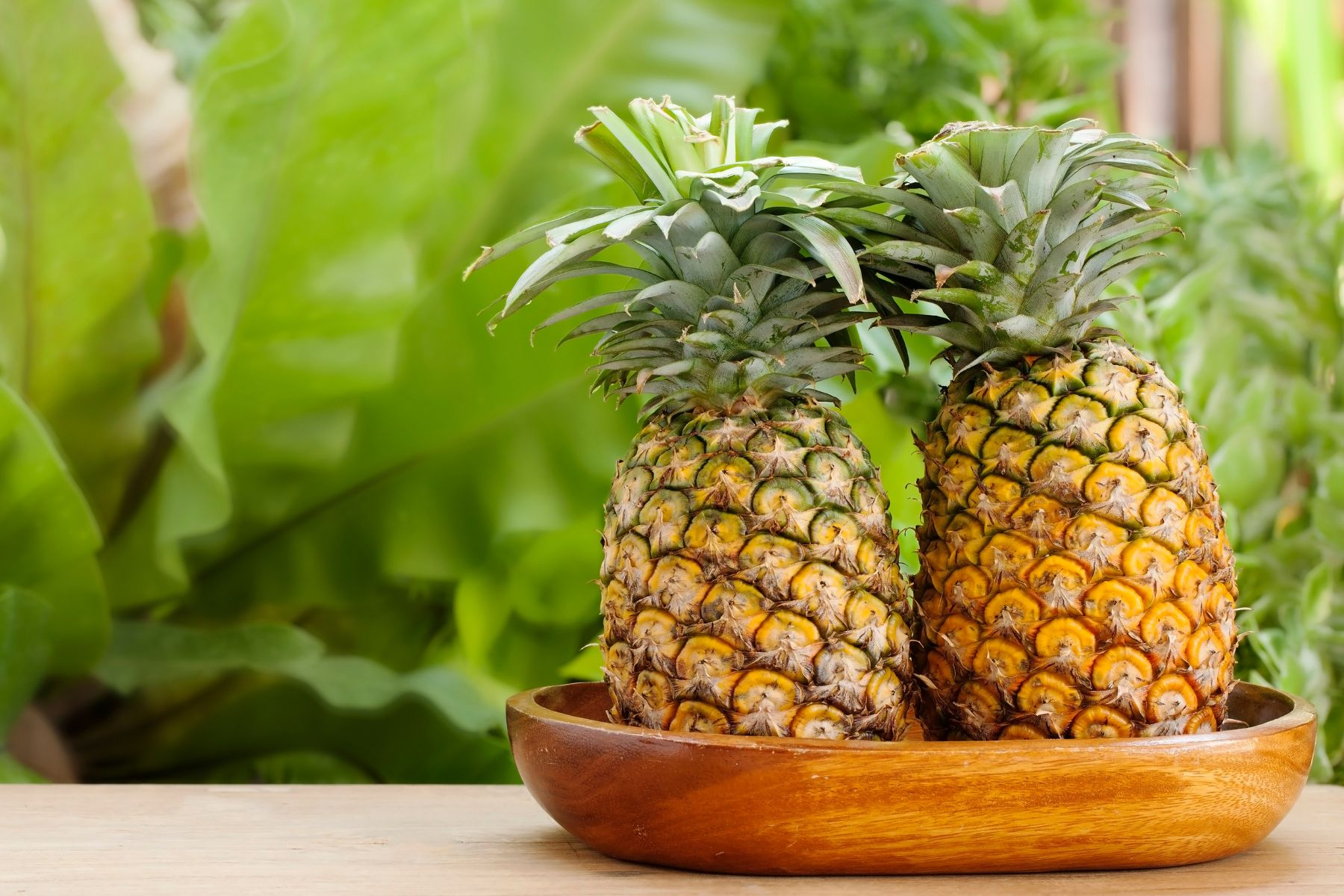
What Does a Ripe Pineapple Look Like?
Many people associate a ripe pineapple with a vibrant yellow color, but here's a secret – color isn't the only indicator of ripeness. While a golden hue can be a positive sign, it's not foolproof. A ripe pineapple can also exhibit shades of green, especially around the crown. Instead of solely relying on color, consider a holistic approach to choosing the right pineapple.
-
For the most part, disregard color.
The color of a pineapple can be misleading. Some pineapples remain green even when fully ripe, and others may have a golden exterior but lack sweetness on the inside. So, while color can be a hint, don't make it the sole criterion for your selection.
-
The role of color in pineapple ripeness.
While color alone isn't a guarantee of ripeness, a pineapple with a golden or dark yellow hue is generally more likely to be ripe and sweet. However, it's essential to combine color observations with other techniques for a comprehensive evaluation.
What a Ripe Pineapple Should Smell Like
When it comes to choosing a ripe pineapple, your sense of smell can be a powerful tool. A sweet aroma is often a reliable indicator of ripeness, signaling that the sugars inside the fruit have developed fully.
-
The significance of aroma in determining ripeness.
Hold the pineapple close to your nose and take a deep sniff. A ripe pineapple should emit a sweet and fruity fragrance. If you detect a subtle, sweet smell, it's a good sign that the pineapple is ready to be enjoyed.
-
Utilizing your sense of smell to choose the best pineapple.
Trust your instincts – if the pineapple has a fresh, tropical scent, it's likely to be ripe and delicious. However, be cautious of an overly strong or fermented smell, as this could indicate overripeness or spoilage.
What a Ripe Pineapple Feels Like
Now, let's get hands-on with the selection process. Feeling the pineapple can provide valuable insights into its ripeness and texture.
-
Give it a squeeze.
Gently press the sides of the pineapple with your fingers. A ripe pineapple should yield slightly to pressure but still feel firm. If it gives too much, it might be overripe, and if it's rock solid, it's likely not yet ripe.
-
Assessing firmness and texture.
The ideal pineapple should have a firm shell that gives just a bit when squeezed. This balance ensures that the fruit is ripe and juicy without being overripe. The outer skin should feel plump, indicating that the flesh inside is well-developed.
Dietitian Tip: Nutritional Benefits of Ripe Pineapple
Before we delve further into the art of pineapple picking, let's take a moment to appreciate the nutritional benefits of this tropical delight. Ripe pineapples are not just a feast for the taste buds; they are also packed with essential vitamins and nutrients.
-
Sweet and nutritious.
Ripe pineapples are not only deliciously sweet but also rich in vitamin C, manganese, and antioxidants. These nutrients contribute to a healthy immune system, improved digestion, and overall well-being.
-
Making the most of ripe fruit.
When you select a pineapple at its peak ripeness, you're ensuring that you get the maximum nutritional value. The sugars in the fruit have developed fully, providing you with a satisfyingly sweet and wholesome treat.
Do Pineapples Ripen After Picking?
One common question many pineapple enthusiasts have is whether pineapples continue to ripen after being picked. Understanding this process can influence your timing for enjoying this tropical fruit.
-
Exploring the ripening process.
Unlike some fruits, pineapples do not ripen significantly after being harvested. The ripening process primarily occurs while the pineapple is still on the plant. This means that picking a pineapple at the right moment is crucial for optimal flavor and texture.
-
How time impacts pineapple ripeness.
While pineapples won't get sweeter after picking, they may soften slightly over time. However, any changes in texture will be minimal, making it essential to choose a pineapple that feels just right from the start.
Helpful Tips for Picking the Perfect Pineapple
Now that you're armed with knowledge about color, aroma, and texture, let's compile some additional tips to enhance your pineapple-picking prowess.
-
The leaf pull test.
While pulling on the leaves at the crown can be a traditional method for gauging ripeness, it's not always foolproof. A pineapple with leaves that come out easily may be overripe, so use this method with caution.
-
Choose a heavy pineapple.
Weight can be a reliable indicator of juiciness. A heavy pineapple typically indicates a higher water content, translating to a juicier and more succulent eating experience.
Questions You May Have About Pineapple Selection
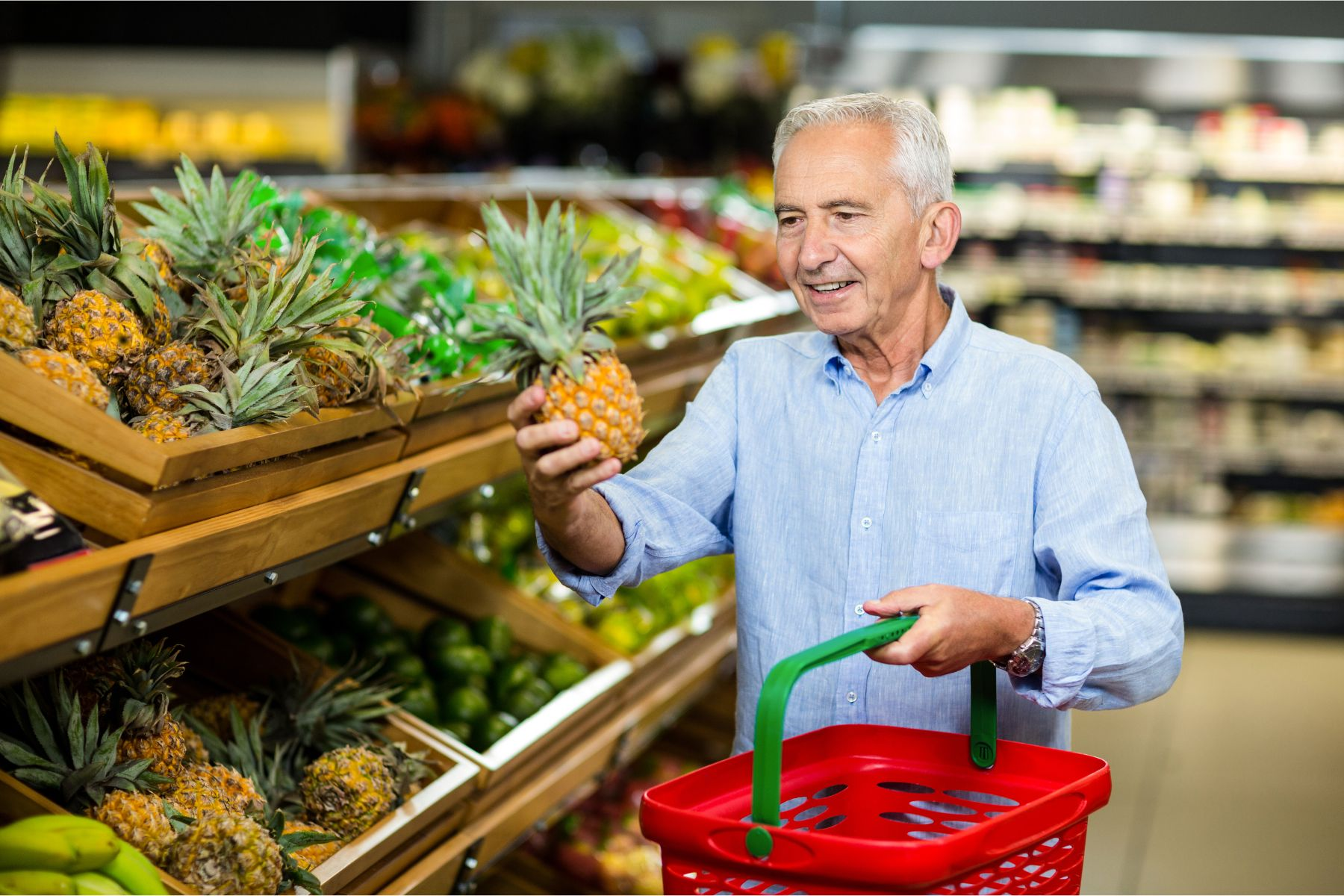
Now that we've covered the basics of assessing a pineapple's ripeness, you might have some lingering questions. Let's address these inquiries to ensure you're fully equipped for your next trip to the grocery store.
-
How to pick a good pineapple by color.
Color can be an essential factor in selecting a ripe pineapple. Look for a mix of golden yellow and green tones, avoiding pineapples with too much green as they may need more time to ripen. A balance of colors often indicates a well-ripened fruit.
-
How to pick the right pineapple: Single pineapple or multiple?
When faced with the choice between a single pineapple and multiple stacked together, opt for the single one. A solitary pineapple is more likely to ripen evenly, ensuring that the entire fruit reaches its peak sweetness.
-
How to pick a good pineapple at the store: Avoiding overripe pineapples.
Keep an eye out for pineapples with darkened spots or an overly sweet smell, as these could be signs of overripeness. Overripe pineapples may have mushy spots and a fermented aroma, indicating that they might not be at their best.
-
How to choose ripe pineapple: Is smelling the fruit reliable?
Absolutely! The sense of smell is a reliable indicator of ripeness. Trust your nose – if the pineapple emits a sweet and fruity fragrance, it's likely to be a deliciously ripe choice.
-
How to pick a ripe pineapple at the grocery store: Feeling firm or yielding slightly?
Aim for a pineapple that feels firm with a slight yield when gently squeezed. This balance ensures that the fruit is ripe and juicy without being overripe. If it feels rock solid, it's not quite ready, and if it gives too much, it might be overripe.
With these answers, you're well on your way to becoming a pineapple-picking pro.
How to Tell If a Pineapple Is Ripe Before Buying It
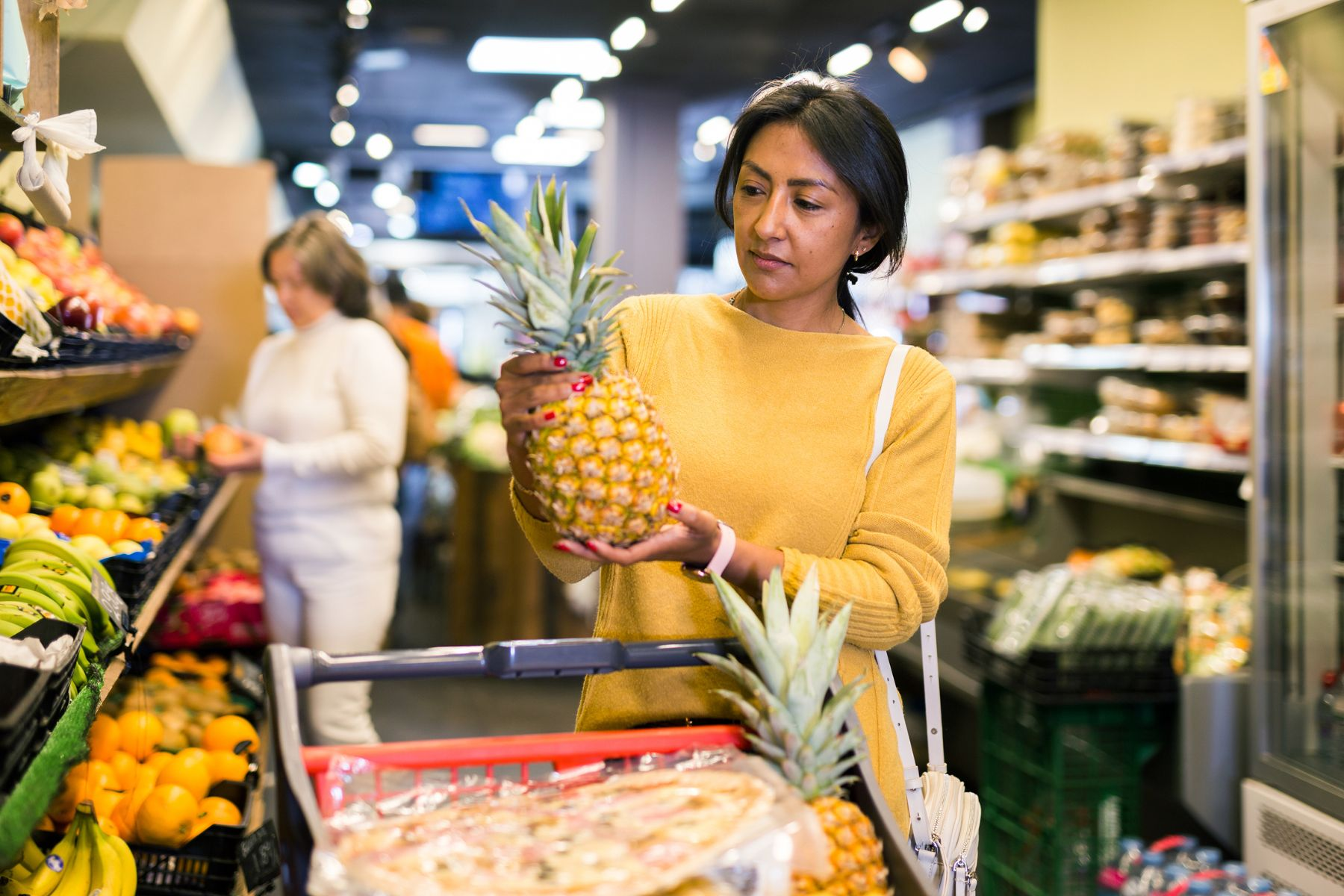
Now that we've laid the groundwork for picking a ripe pineapple, let's dive deeper into specific techniques you can use right at the store. These methods will empower you to make an informed decision before bringing your pineapple home.
Squeeze the Pineapple
-
The squeeze test: A hands-on approach.
Gently squeeze the sides of the pineapple. A ripe pineapple should give slightly under pressure while still maintaining firmness. If it feels too soft or mushy, it may be overripe, and if it's rock solid, it needs more time to ripen.
-
Assessing the right pineapple through the squeeze.
The ideal pineapple strikes a balance between firmness and a slight give. This indicates that the fruit is ripe, juicy, and ready to be enjoyed. Trust your instincts and find a pineapple that responds positively to the gentle squeeze.
Check for Yellow: Evaluating Skin Color
-
Understanding pineapple color.
While we mentioned earlier that color isn't the sole determinant of ripeness, it's still an essential factor. Look for a pineapple with a vibrant golden or dark yellow hue. A mix of green and yellow tones is also acceptable, but too much green may indicate underripeness.
-
What a ripe pineapple looks like.
A ripe pineapple should have a rich, golden exterior, signaling that it has developed the sugars that contribute to its sweet taste. Remember, a beautifully colored pineapple is a good indicator, but it's just one piece of the ripeness puzzle.
Tug the Leaves: Assessing Freshness
-
The leaf pull test: Traditional but cautious.
Many are familiar with the method of gently tugging on the leaves at the crown of the pineapple. However, use this technique with care, as leaves that come out too easily might suggest overripeness. It's a helpful but not foolproof method.
-
Balancing tradition with caution.
While the leaf pull test is a classic technique, it's wise to combine it with other methods for a more accurate assessment. A slight resistance in the leaves is a positive sign of freshness, but it shouldn't be the sole basis for your decision.
Feel Its Weight: Understanding Ripeness through Weight
-
The importance of weight.
A heavy pineapple generally indicates juiciness. Hold the pineapple in your hand and assess its weight. A ripe pineapple should feel heavier than its size suggests, indicating a high water content and, consequently, a more succulent fruit.
-
Using weight as a reliable guide.
When comparing pineapples, opt for the one that feels substantial for its size. This weightiness is a good indicator that the pineapple is plump with juice, ensuring a satisfying and flavorful eating experience.
Smell the Bottom: Using Aroma to Your Advantage
-
Aroma as a reliable indicator.
While we touched on the significance of smell earlier, honing in on the base of the pineapple can provide additional clues. Give the bottom a gentle sniff – a sweet and tropical fragrance confirms ripeness.
-
Ensuring a delightful olfactory experience.
A ripe pineapple should exude a pleasant and sweet aroma from the bottom. Be wary of any unpleasant or fermented smells, as they may indicate overripeness or spoilage.
Proper Techniques for Storing Pineapple
Let's ensure you preserve its freshness and flavor until you're ready to savor its golden goodness. Follow these storage tips to keep your pineapple in optimal condition.
-
Refrigerated pineapple: To chill or not to chill?
While pineapples are often displayed at room temperature in stores, refrigeration can extend their shelf life. Once you've brought your ripe pineapple home, consider storing it in the refrigerator. This slows down the ripening process, giving you a bit more time to enjoy it.
-
Avoid pineapples in the fridge for too long.
Although refrigeration is beneficial, don't leave your pineapple in the fridge for an extended period. The cold temperatures can impact its texture and flavor. Aim to consume your ripe pineapple within a few days for the best taste.
Frequently Asked Questions About Pineapple Ripeness
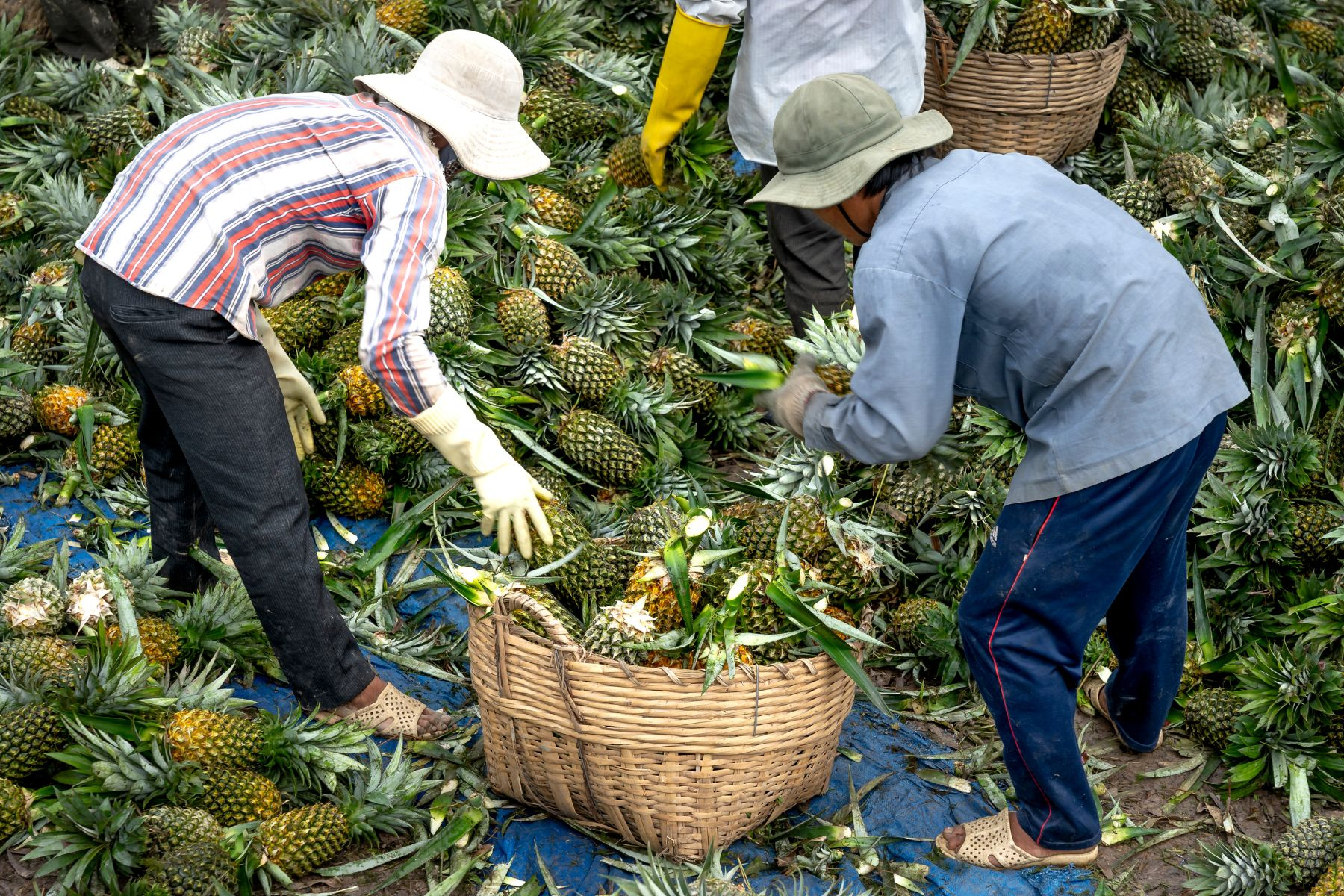
Now, let's address some common questions that may arise as you embark on your pineapple-picking journey.
-
Do pineapples ripen after picking?
As mentioned earlier, pineapples don't significantly ripen after being harvested. The majority of the ripening process occurs while the pineapple is still on the plant. This emphasizes the importance of selecting a ripe pineapple from the start.
-
Can you eat an overripe pineapple?
While an overripe pineapple may not be as enjoyable as a perfectly ripe one, it can still be consumed. However, be prepared for a mushier texture and potentially fermented flavors. Consider using overripe pineapple in smoothies or cooking to salvage its sweetness.
-
What's the bad thing about an overripe pineapple?
Overripe pineapples can develop unpleasant textures and flavors. They may become mushy, fermented, or even show signs of spoilage. While overripe pineapple is edible, it's not ideal for enjoying the full, fresh taste of this tropical fruit.
-
How to tell if a pineapple is bad?
Signs of a bad pineapple include a strong fermented smell, mold, or soft, mushy spots. If your pineapple exhibits any of these characteristics, it's best to discard it to avoid consuming spoiled fruit.
Ways to Enjoy Ripe Pineapple
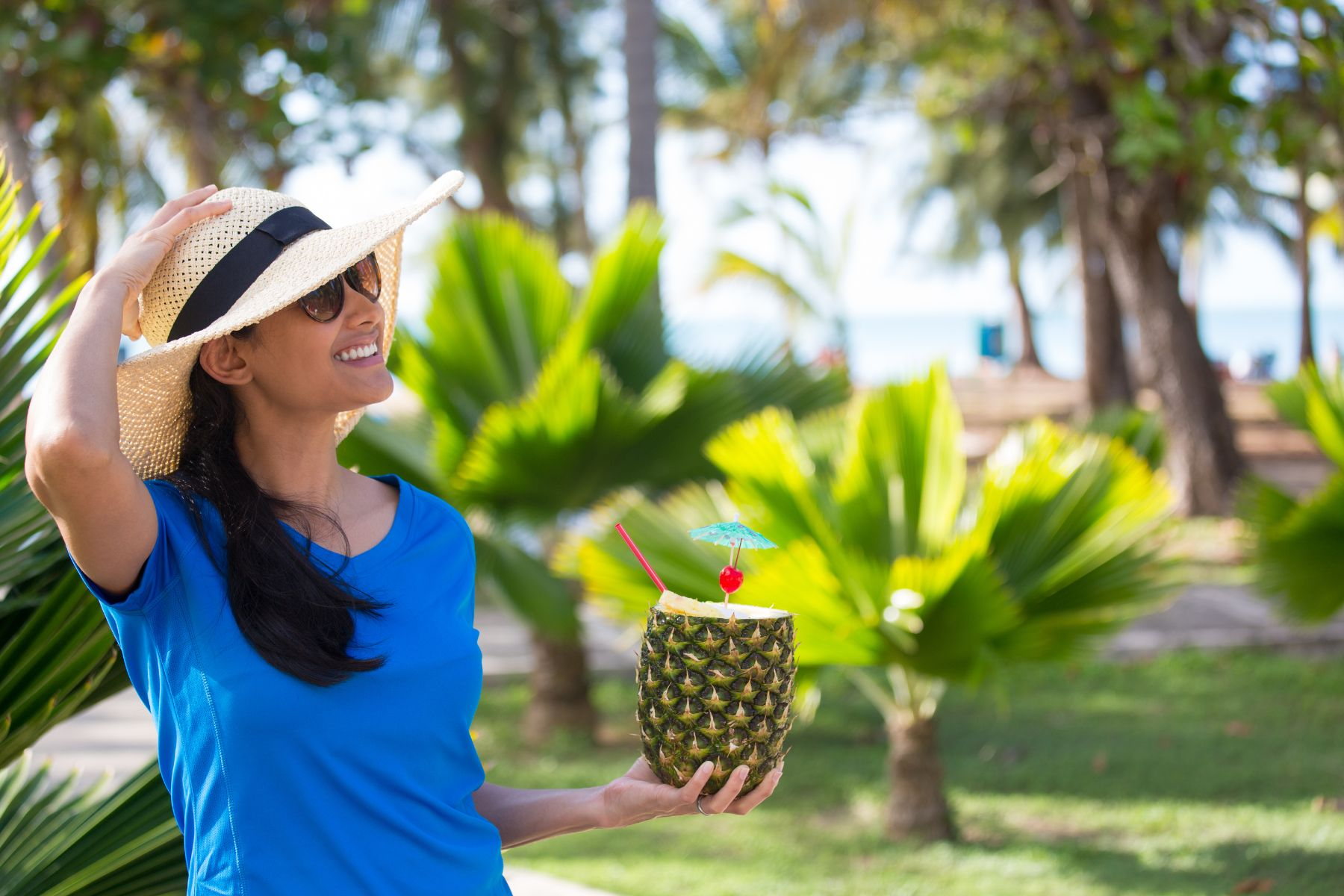
Now that you've mastered the art of picking a perfectly ripe pineapple, it's time to explore the myriad ways you can enjoy this tropical delight. From culinary creations to refreshing snacks and beverages, let's unlock the full potential of your golden goodness.
Pineapple in Culinary Delights
-
Enhancing savory dishes.
Incorporate ripe pineapple into savory recipes for a burst of sweetness. Whether diced in salsas, grilled as a side, or added to stir-fries, pineapple can elevate a variety of savory dishes.
-
Sweet and savory pairings.
Experiment with sweet and savory combinations by adding pineapple to salads, burgers, or even pizzas. Its natural sweetness can balance the flavors and add a tropical twist to your meals.
Pineapple as a Refreshing Snack
-
Simple and satisfying.
Enjoying ripe pineapple as a snack requires minimal effort. Simply peel and slice the fruit for a refreshing and healthy treat. The natural juiciness of the pineapple makes it a hydrating and satisfying snack.
-
Create pineapple popsicles.
Freeze pineapple chunks on popsicle sticks for a delightful frozen treat. This is a perfect way to enjoy the sweetness of ripe pineapple on a hot day.
Incorporating Pineapple into Drinks and Desserts
-
Tropical smoothies.
Blend ripe pineapple with other fruits, yogurt, and ice for a tropical smoothie. The natural sweetness and acidity of the pineapple can balance the flavors and add a zing to your drink.
-
Pineapple-infused desserts.
From pineapple sorbet to pineapple upside-down cake, there's a plethora of desserts that can showcase the delectable flavors of ripe pineapple. Get creative in the kitchen and indulge your sweet tooth.
How to Cut a Pineapple

Now that you've selected and enjoyed the perfect pineapple, it's time to tackle the next step: cutting it like a pro. Follow these step-by-step instructions to make the process seamless and get the most out of your golden goodness.
Step-by-Step Guide to Cutting Pineapple
-
Prepare your tools.
Gather a sharp knife, a cutting board, and a bowl for easy cleanup. Make sure your knife is sturdy and has a sharp edge to make the cutting process smooth.
-
Remove the crown.
Lay the pineapple on its side and slice off the leafy crown. This creates a stable base for the pineapple to stand on during the cutting process.
-
Slice off the top and bottom.
Stand the pineapple upright and slice off the top and bottom, creating flat, stable surfaces. This also exposes the sweet flesh of the pineapple.
-
Trim the sides.
Carefully trim the skin off the sides, following the natural curve of the fruit. Remove any remaining "eyes" by making small v-shaped cuts along the spiral pattern.
-
Quarter the pineapple.
Once the skin is removed, cut the pineapple in half lengthwise. Take each half and cut it in half again, resulting in quarters.
-
Remove the core.
Lay each quarter flat and slice out the tough core. The core is edible but can be fibrous, so removing it enhances the texture of your pineapple.
-
Slice or dice.
Now that you have core-free quarters, you can slice them into wedges, chunks, or dice them, depending on your preference and intended use.
Tips for Safe and Efficient Pineapple Cutting
-
Use a sturdy cutting board.
A stable cutting surface ensures safety and precision. Choose a cutting board that won't slip during the cutting process.
-
Invest in a quality knife.
A sharp, sturdy knife makes cutting through the tough skin and fibrous core of a pineapple much easier. Ensure your knife is well-maintained for optimal performance.
-
Mind your fingers.
Exercise caution while cutting, especially when dealing with the top and bottom of the pineapple. Hold the pineapple securely and position your fingers away from the blade.
Creative Pineapple Cutting Ideas
-
Pineapple boats.
Hollow out one half of the pineapple to create a boat-like shape. Fill it with a tropical fruit salad or use it as a unique serving vessel for your favorite dishes.
-
Grilled pineapple.
Slice the pineapple into rings and grill them for a deliciously caramelized treat. Grilled pineapple works well in both sweet and savory dishes.
With these cutting techniques, you'll be able to enjoy your ripe pineapple in a variety of ways. From simple snacking to elaborate culinary creations, the possibilities are as endless as the tropical flavors of this golden fruit. Get ready to savor every juicy, sweet bite!
Conclusion
In conclusion, mastering the art of picking a ripe pineapple is a journey filled with sensory exploration and culinary delights. From understanding the nuances of color, aroma, and texture to employing hands-on techniques like the squeeze test, leaf pull test, and assessing weight, you are now equipped to confidently select the perfect pineapple every time you visit the grocery store.
Navigating the frequently asked questions about pineapple ripeness, proper storage techniques, and the various ways to enjoy your golden goodness—from culinary masterpieces to refreshing snacks and desserts—has been a flavorful adventure. Additionally, learning the skill of cutting a pineapple like a pro ensures that you can savor the sweet and juicy fruit in various forms, adding a tropical twist to your meals.
In the end, the journey doesn't conclude with picking the perfect pineapple; it extends into your kitchen, where you can unleash your creativity and indulge in the irresistible flavors of this tropical treasure. So, the next time you embark on a pineapple-picking expedition, trust your senses, apply the techniques you've learned, and get ready to savor the golden goodness of a perfectly ripe pineapple. Happy picking and enjoy the tropical delight!

